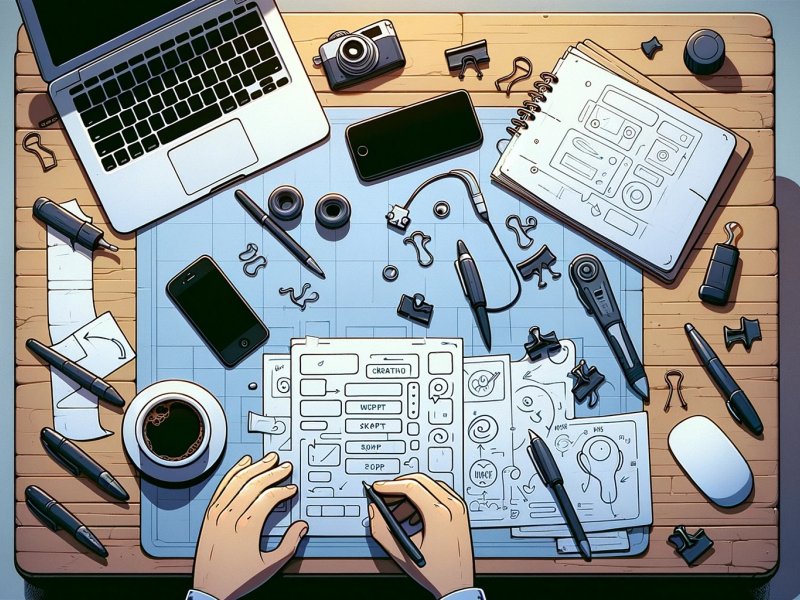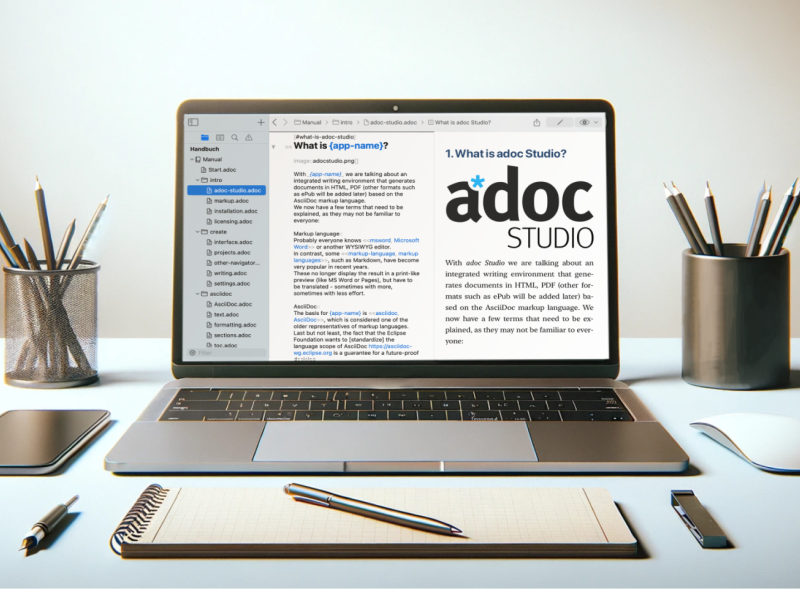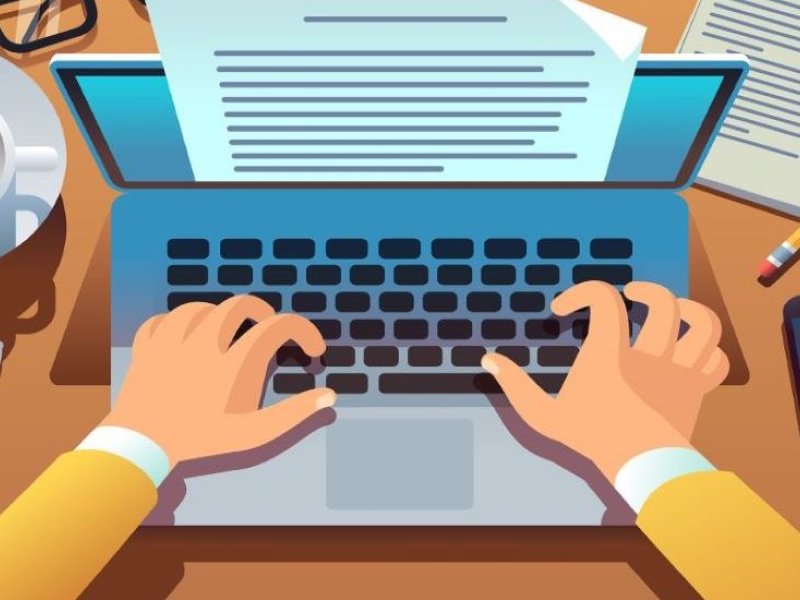In this blog post, you will learn more about what a technical writer does, how to become one, and how to get into technical writing.
Table of Contents
How to become a technical writer?
Get into technical writing
What does a technical writer do?
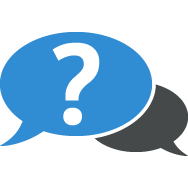
A technical writer is a person who documents complex technical information clearly and understandably for a specific audience. This information may include user manuals, technical guides, online help, training materials, user guides, and other technical documents. Here are some key features and requirements to be a technical writer:
1. Technical Understanding: The person must have a solid understanding of the technical field they are writing about. This could include software, hardware, engineering, medical devices, or other technical areas.
2. Communication Skills: Good written and verbal communication skills are crucial to explain complex technical concepts clearly and understandably. A technical writer should be able to convey information accurately and consider the needs of the target audience.
3. Editing and Writing Skills: A technical writer should have excellent editing and writing skills to compose technical information clearly, precisely, and easily understandable in text and visuals.
4. Digital Media: Mastery of devices and software for creating and editing technical documents is important. This includes text and content management systems, as well as tools for creating images and diagrams.
5. Industry-specific Knowledge: In some cases, technical writing requires specific industry knowledge. For example, a technical writer working in the software industry should have knowledge of the software and its applications.
In summary, technical writing requires a combination of technical understanding, communication skills, and knowledge of creating technical documentation.
Back to the Overview
How do I become a technical writer?
To become a successful technical writer, there are several steps you can take:
Acquisition of technical skills: Knowledge in technical areas such as computer science, engineering, or other technical disciplines is advantageous. You should be able to understand complex technical concepts and translate them into understandable instructions.
Development of writing and communication skills: Technical writers must be able to create clear, precise, and well-structured content. This involves mastering not only the language but also understanding the structure and style in technical documentation.
Gain experience: Practical experience in creating technical documentation is crucial. This can be achieved through internships, volunteering, or by creating your own projects.
Knowledge of tools and software: Technical writers often use various tools and software to create and manage documentation. Common tools include Adobe FrameMaker, Microsoft Word, MadCap Flare, LaTeX and DITA XML. It is important to familiarize yourself with these tools. Increasingly, AsciiDoc is seen as the optimal language for technical publications. With adoc Studio on Apple devices, you can create your first AsciiDoc documents and technical works even with basic knowledge.
Education and training: There are various courses, certifications, and training programs specifically designed for technical writers. These can help improve your skills and gain industry-specific knowledge.
Networking: Networking within the technical writing community can be very helpful for exchanging information, making contacts, and discovering potential job opportunities.
Build a portfolio: A solid portfolio with examples of your work is crucial to convince potential employers or clients. It should include a variety of documentation that demonstrates your skills and experiences.
Continuing education: Technology is constantly evolving, so it's important to stay up-to-date on new trends, tools, and best practices in technical documentation.
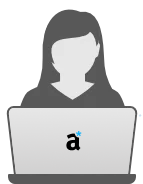
By following these steps and continuously improving your skills, you can successfully work as a technical writer.
Reading technical manuals and technical literature allows you to delve deeper into the subject matter. Especially with guides and manuals for technical products and solutions, it is important that the information is precise, simple, and understandable for the target audience. Try to consider and implement this in your work as well. Begin with less complex topics. Gather information about the technical product or subject you wish to write about.
Familiarize yourself with the product beforehand. Create a structure for the technical guide, such as describing the product in a brief introduction, explaining its functions and features. Then, proceed to describe all functions, and finally, provide possible solutions for any potential issues.
When creating the technical manual, you can use adoc Studio for Mac or iPad to compile a collection of texts, stylesheets, and media into a new project.
 adoc Studio
adoc Studio
Organize, Write and Share.
Documentation in AsciiDoc.
Organize, Write and Share.
Back to the Overview
Get into technical writing
Getting Started in Technical Writing:
Gaining experience and using the right tools are key.
Developing a good writing style and gaining writing experience are crucial.
Challenges in Writing:
Difficulty in maintaining focus and avoiding digression.
Avoiding lengthy and convoluted sentences.
Eliminating filler words for precision.
Strategies for Effective Technical Writing:
Clear and concise sentences that convey information directly.
Explaining technical terms, especially when the audience is not from the field.
Selecting technical details based on the readership.
It's important to focus on clarity, precision, and comprehensibility to maximize the effectiveness of technical writing.
Key Aspects for Content:
Considering the audience's needs when selecting and explaining technical content to ensure clear and understandable presentation.
Integrating graphical elements such as screenshots, technical drawings, and graphics to enhance understanding and visually illustrate complex concepts.
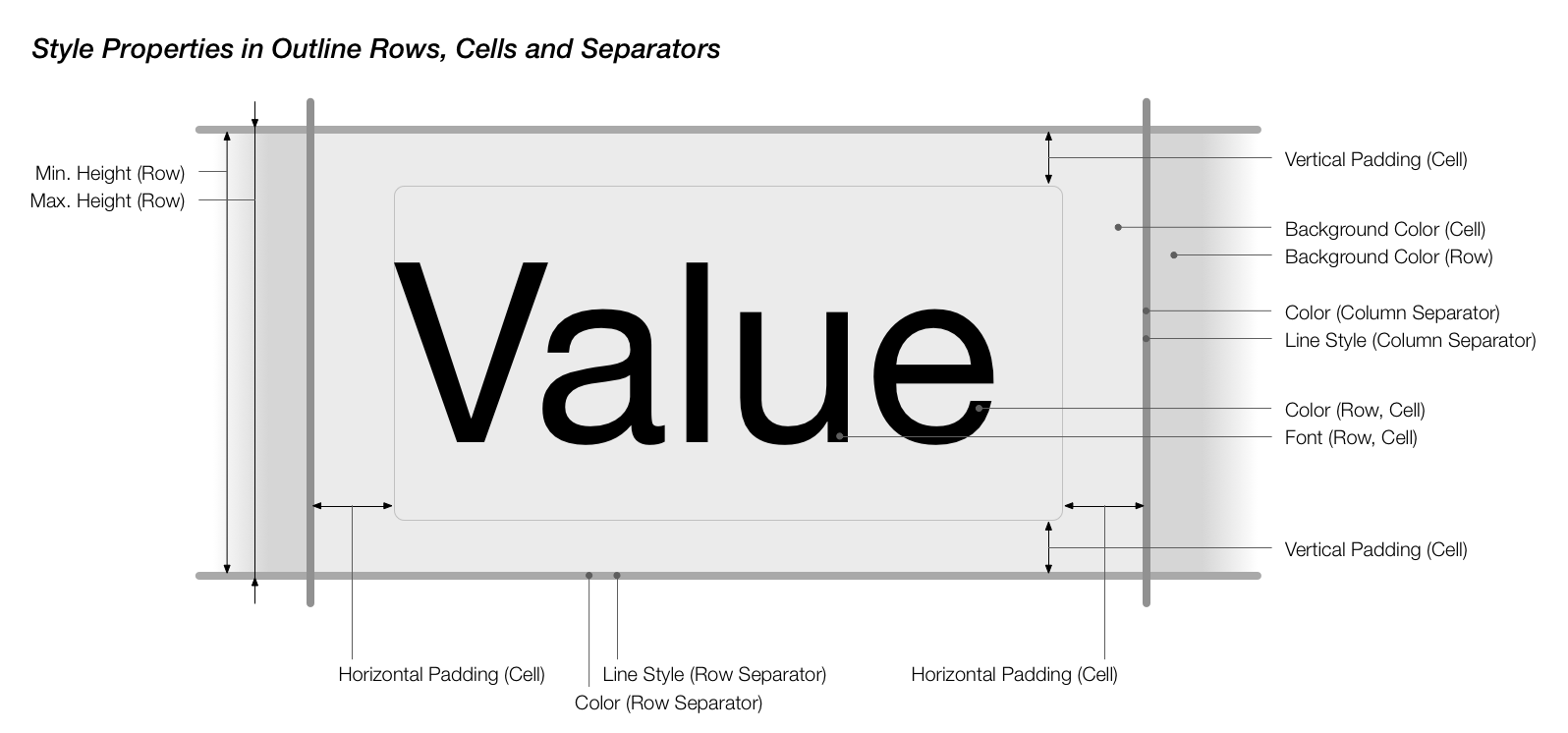
The use of graphical elements complements textual content and helps convey complex information in a more accessible manner.
Defining Purpose and End Product:
Defining the intended benefits for the end result.
Clarifying whether it should be a manual, guide, scientific paper, or similar.
The choice of format and style depends on the objectives and intended readership.
By clearly defining the purpose and end product from the outset, technical writing can be more targeted and effective.
Experience and Practice:
Technical writing requires continuous practice and experience gained from practical application.
Reader feedback is often a valuable source for identifying and improving uncertainties.
Iterative Improvement of the End Product:
Considering further iterations of the end product, especially in software products.
New versions, additional features, and changing technical or scientific information require regular adjustments.
Through continuous learning, integrating feedback, and willingness to adapt to new requirements, technical writing remains effective and relevant.
You might also like
-
What is Technical Writing?
- Marvin Blome
- Published on
-
AsciiDoc in Comparison
- Marvin Blome
- Published on
